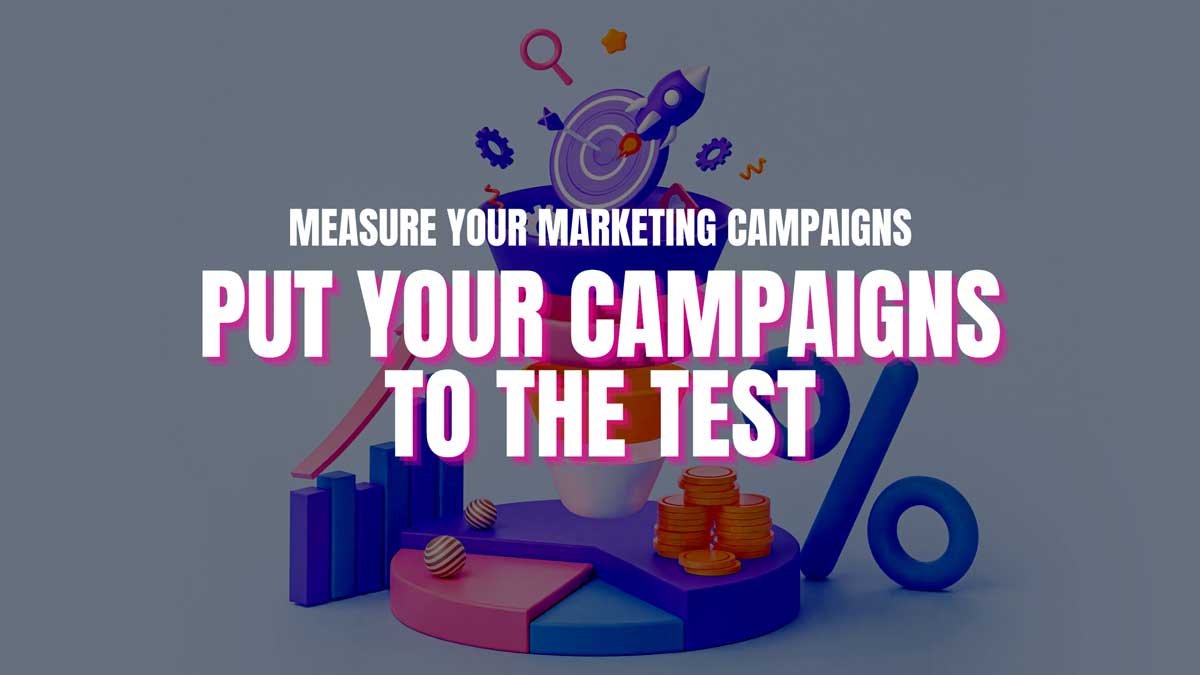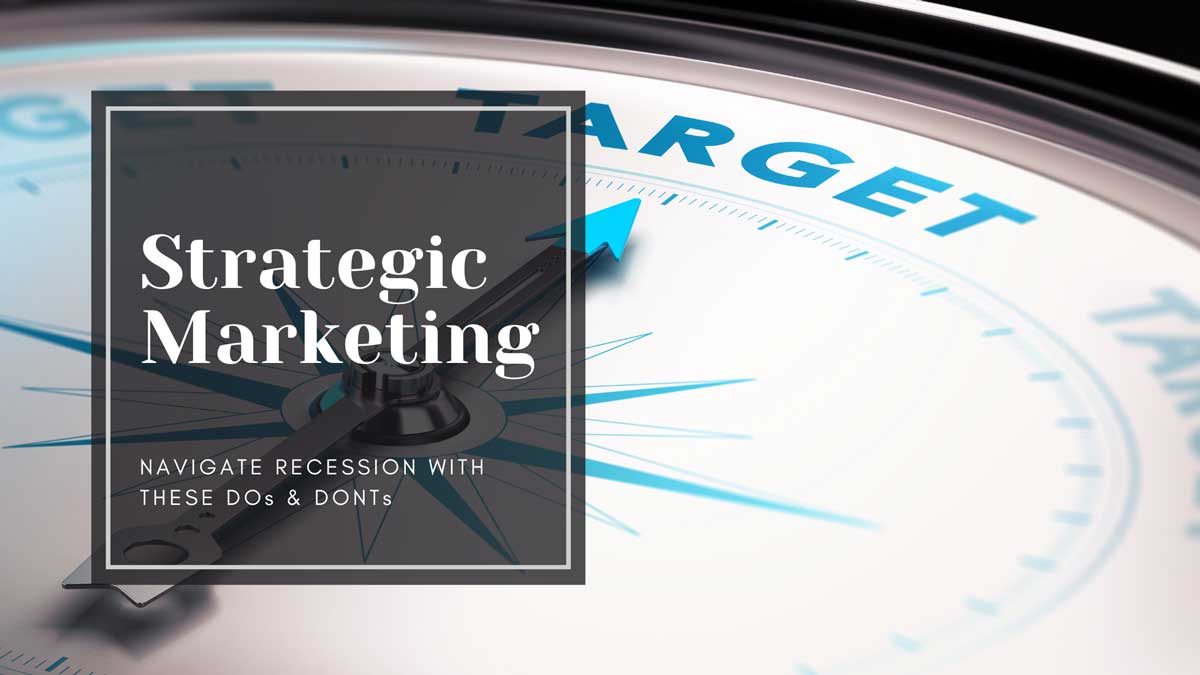Table of Contents
Are you looking for an edge in the competitive market? Are you looking for ways to stand out in the LinkedIn community? Drafting a LinkedIn article with these tips in mind will help you showcase your skills and knowledge. Drawing attention to your article helps put you ahead of the competition.
Writing an article that grabs the attention of a potential customer can be a powerful tool to showcase your expertise and professional skills. With such a large pool of potential employees, employers increasingly use LinkedIn to find and select their ideal candidates. Crafting well-written and exciting content for your profile is vital to succeeding in any field, but knowing where to start can be challenging. This article provides deep knowledge about Linkedin article tips.
Top 7 LinkedIn article tips for writing a killer article
Here is the list of step-wise crucial LinkedIn article tips
1. Identify Your Target Audience
Writing and sharing an article that resonates with your target audience is one of the best ways. When done correctly, you can build up your reputation as an expert in your field and create engaging content to help establish yourself as a thought leader.
2. Research Your Topic
The critical step is to research your case thoroughly before writing your article. Take time to read relevant articles, journals, and reports which will offer valuable insight into the subject matter, explore what’s already been written on it, who has written it, and how they approached their topics, so you can craft a unique angle or story that sets your article apart from others.
3. Craft an Engaging Headline
Your headline should grab the reader’s attention by being exciting yet concise – think about what would draw you into an article if you were scrolling through social media feeds. Think of keywords that will describe the content of your post. Once you have these words in mind, incorporate them into your headline to make it searchable and easily understandable.
4. Create Compelling Content
To create compelling content for your LinkedIn profile, focus on providing value. Your article should be informative, well-written, and relevant to your industry. Additionally, research your topic so that the facts are accurate. Finally, be sure to use active language for readers to understand what is being said in your article.
5. Add Relevant Links and Impactful Visuals
Firstly, adding relevant links to build credibility and trustworthiness with readers is essential. These links can be to authority sites that contain information related to your topic or even directly link to your products or services. Secondly, add visuals; impactful visuals such as graphs, charts, videos, and photos will catch readers’ attention and leave a lasting impression on them.
6. Focus on SEO & Copywriting
SEO and copywriting are vital components to focus on when crafting a LinkedIn article that will leave an impact. You must incorporate keywords into your post to increase its reach through search engines. Integrating keywords that relate directly or indirectly to the topic of your article will help draw more traffic and readership.
Next is copywriting – use language that captures the reader’s attention and keeps them engaged with well-written sentences throughout your work.
7. Engagement & Promotion
Once you have finished writing and publishing your article, use social media platforms like Twitter and Facebook to maximize your reach. Finally, reach out directly to colleagues or other thought leaders in your network who might be interested in reading your writing and engaging with its content.
Conclusion
Creating a killer LinkedIn article is not an easy feat. However, with the proper research and planning, you can write a successful article that will put you ahead of the competition. With these LinkedIn article tips in mind, you’ll be producing great content for your LinkedIn profile in no time.
At Tresformics, our experts provide you with SEO-optimized, influential, attention-grabbing LinkedIn articles that will give you an edge over your competitors.
So what are you waiting for? Start optimizing your LinkedIn profile now!












